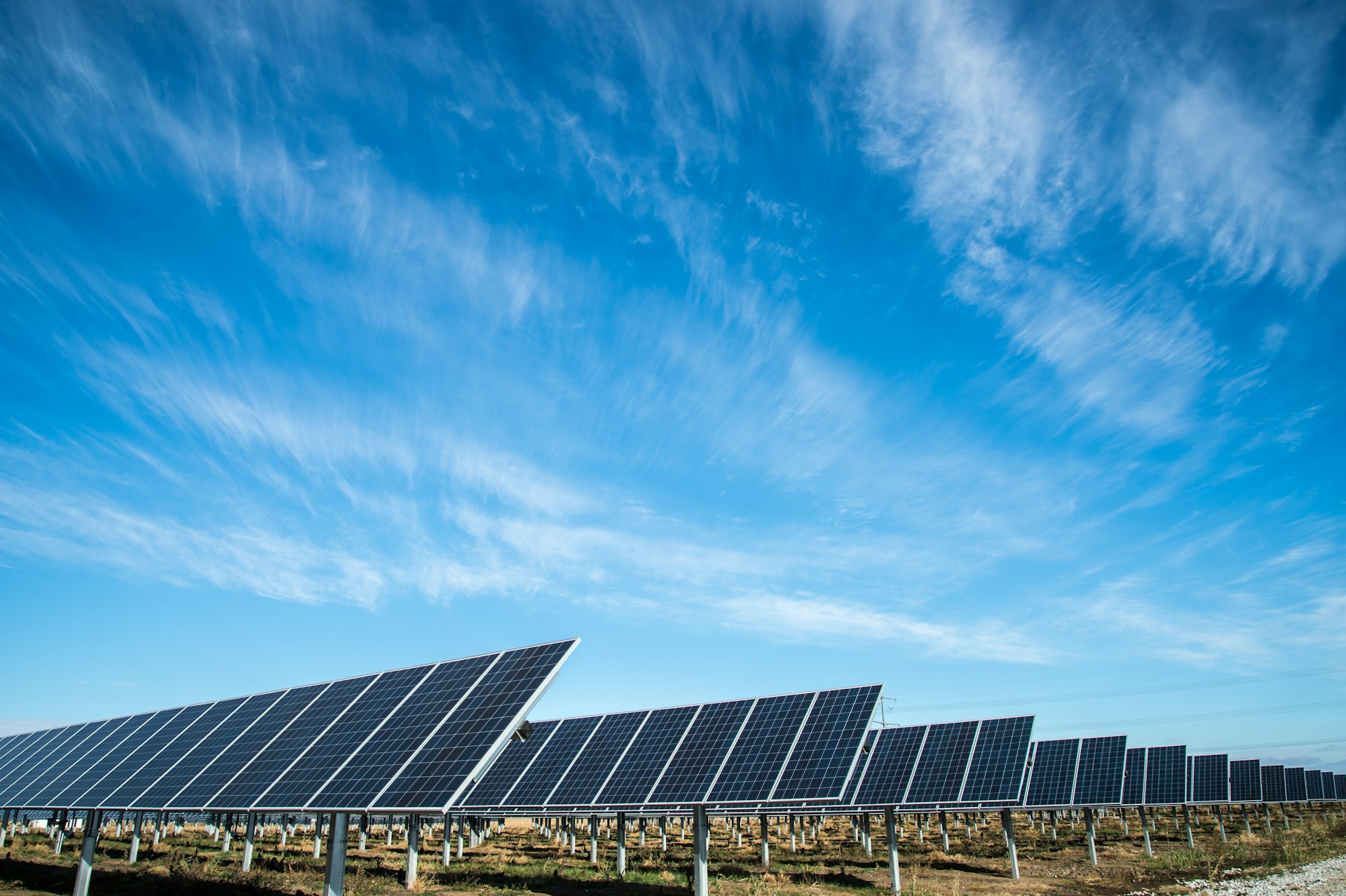In a groundbreaking development, the global electricity sector reached over 30% renewable energy production in 2023 for the first time, reports Ember, an energy research group. This significant rise from 19% in 2000 showcases a robust shift towards sustainable energy sources, predominantly fueled by the rapid expansion of solar and wind power. Despite this achievement, the potential for higher percentages was curtailed by a marked decrease in hydroelectric output, which hit a five-year low due to severe drought conditions in China.
Detailed Analysis of Renewable Energy Contributions
In 2023, solar photovoltaic and wind power were responsible for generating 13.4% of global electricity. This is a stark increase from just about 2% in 2010. The rest of the renewable energy contributions mainly came from hydroelectric power, which has been historically significant but faced setbacks last year due to unfavorable weather patterns.
Ember’s report suggests that the growth in solar and wind energy sectors could lead to a reduction in the reliance on fossil fuels for electricity generation as early as this year. This shift is not just a temporary fluctuation but part of a broader, more enduring transformation in the global energy landscape.
The Inevitability of Declining Emissions
Dave Jones, an energy expert at Ember, commented on the trajectory of the electricity sector, emphasizing that “the decline in emissions is now inevitable.” He believes that “2023 was likely the pivot point, marking a historic turn in the narrative of energy production.” However, Jones also pointed out that the pace at which emissions decrease will heavily depend on the continued advancement and integration of renewable energy technologies.
Global Commitments and Future Outlook
During the UN climate conference at the end of 2023 (COP28), countries across the globe pledged to significantly enhance their renewable energy capacities. They set an ambitious target to triple these capacities by 2030, aiming for a future where 60% of electricity comes from renewable sources. This commitment reflects a global consensus on the urgent need to transition towards more sustainable energy solutions.
Challenges and Opportunities Ahead
The road to increasing renewable energy integration is fraught with challenges, including technological limitations, financial constraints, and geopolitical factors. However, the opportunities for innovation in energy storage, grid modernization, and policy frameworks are vast. These advancements could facilitate a smoother transition from fossil fuels to renewables, ensuring energy security and sustainability for future generations.
In conclusion, the progress in renewable energy production signifies a pivotal shift towards a more sustainable and environmentally friendly global energy policy. The continued growth of solar and wind energy, coupled with international commitments to expand renewable capacities, paints a hopeful picture for the future of global energy dynamics.



